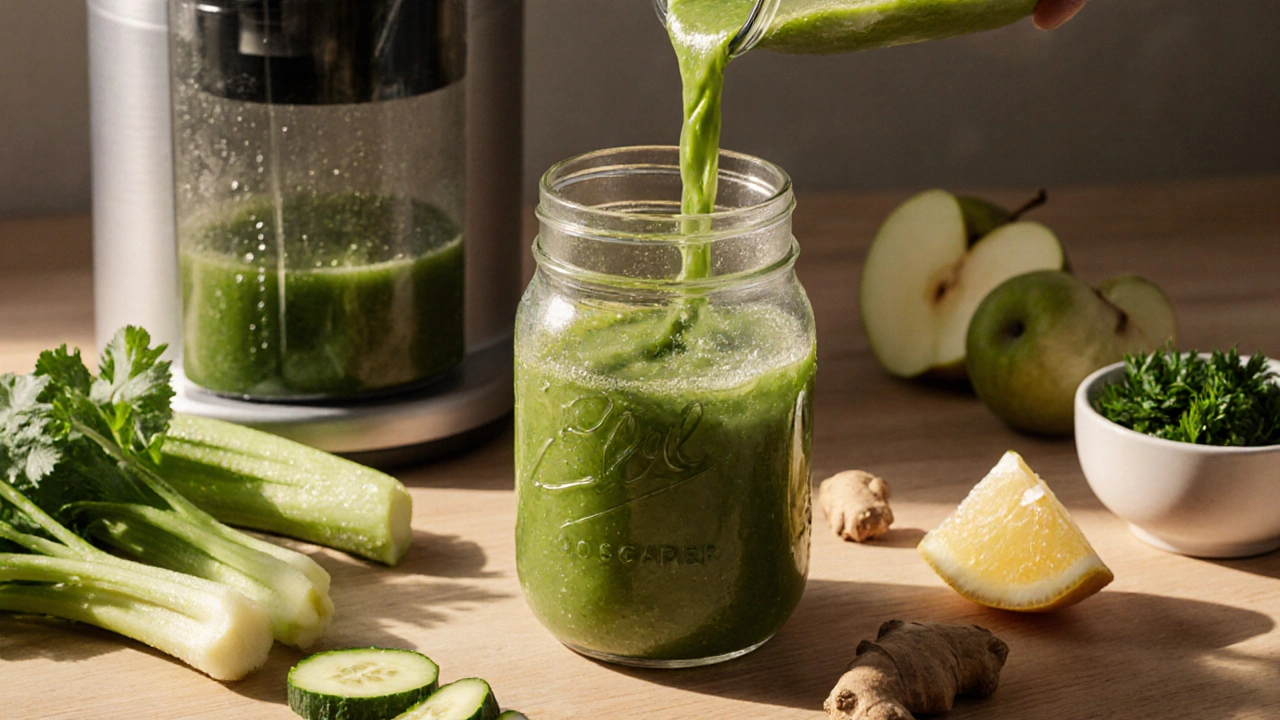Juice benefits: real ways fresh juice can help your health
One glass of well-made juice can give you a fast hit of vitamins, hydration, and flavor when you don’t have time for a full meal. But not all juice is the same. Knowing what to blend or press — and when to drink it — turns juice from an empty-calorie treat into a useful health tool.
Fresh juice delivers concentrated nutrients. Carrots and oranges bring vitamin A and C for skin and immunity. Beet juice gives nitrates that support blood flow and can help short-term exercise performance. A green mix of cucumber, spinach, and apple adds potassium and folate with fewer sugars than fruit-only blends.
Practical benefits you’ll notice fast
Energy: A juice with easily absorbed carbs plus electrolytes can lift low energy quickly, especially after sleep or a long day. Hydration: Juices are mostly water, so they rehydrate faster than dry snacks. Recovery: Post-workout juices that combine carbs and protein (try adding a scoop of protein powder or a spoon of yogurt) can help muscle repair faster than plain water.
Skin and inflammation: Ingredients like ginger, turmeric, and berries have anti-inflammatory compounds. They won’t cure anything, but they can reduce day-to-day redness and puffiness when used regularly. Digestion: Juices made with pulp or blended smoothies keep fiber, which helps digestion. If you prefer strained juice, pair it with a high-fiber snack to avoid blood sugar spikes.
Simple rules for smarter juicing
1) Favor vegetables over fruit. Veggie-forward recipes cut sugar and add more vitamins. 2) Watch portion size. Keep servings to about 8–12 oz so you don’t overload on calories or sugar. 3) Add protein or healthy fat sometimes — a spoon of nut butter or protein powder helps steady blood sugar. 4) Use whole fruits when possible to keep fiber. If you strain, save the pulp for soups, muffins, or compost.
Timing matters. Morning juice can replace a quick breakfast when you add protein or oats. Post-workout juice works best within 30–60 minutes and should include carbs and some protein. Midday, pick veggie blends to restore energy without causing a crash.
Be mindful of sugar and dental health. Drink with meals, use a straw, and rinse your mouth with water afterward. If you have diabetes or strict calorie goals, check portions and prefer low-sugar veggies like cucumber, celery, and leafy greens.
Want easy recipes? Try a beet-orange-ginger mix for recovery, or a green cucumber-spinach-apple juice for low-sugar energy. Mix turmeric into carrot-apple juice for an anti-inflammatory boost. Small changes—like keeping pulp or adding a fat/protein—make juices more useful day-to-day.
Juice can be a convenient, tasty way to add nutrients when you use it with a plan. Treat it as part of a balanced day: a smart sip, not a full replacement for whole food every time.

How Health Juices Can Improve Your Digestion
Health juices made from fresh fruits and vegetables can improve digestion by providing enzymes, reducing inflammation, and supporting gut health. Learn which ingredients work best and how to use them safely.
Read More
The Essential Health Benefits of Daily Juice Consumption
Discover the many advantages of incorporating health juice into your daily routine. This article covers various health benefits, practical tips for selecting the best juices, and tasty recipes to try at home. Learn how health juice can improve your overall well-being and why it deserves a place in your daily diet.
Read More